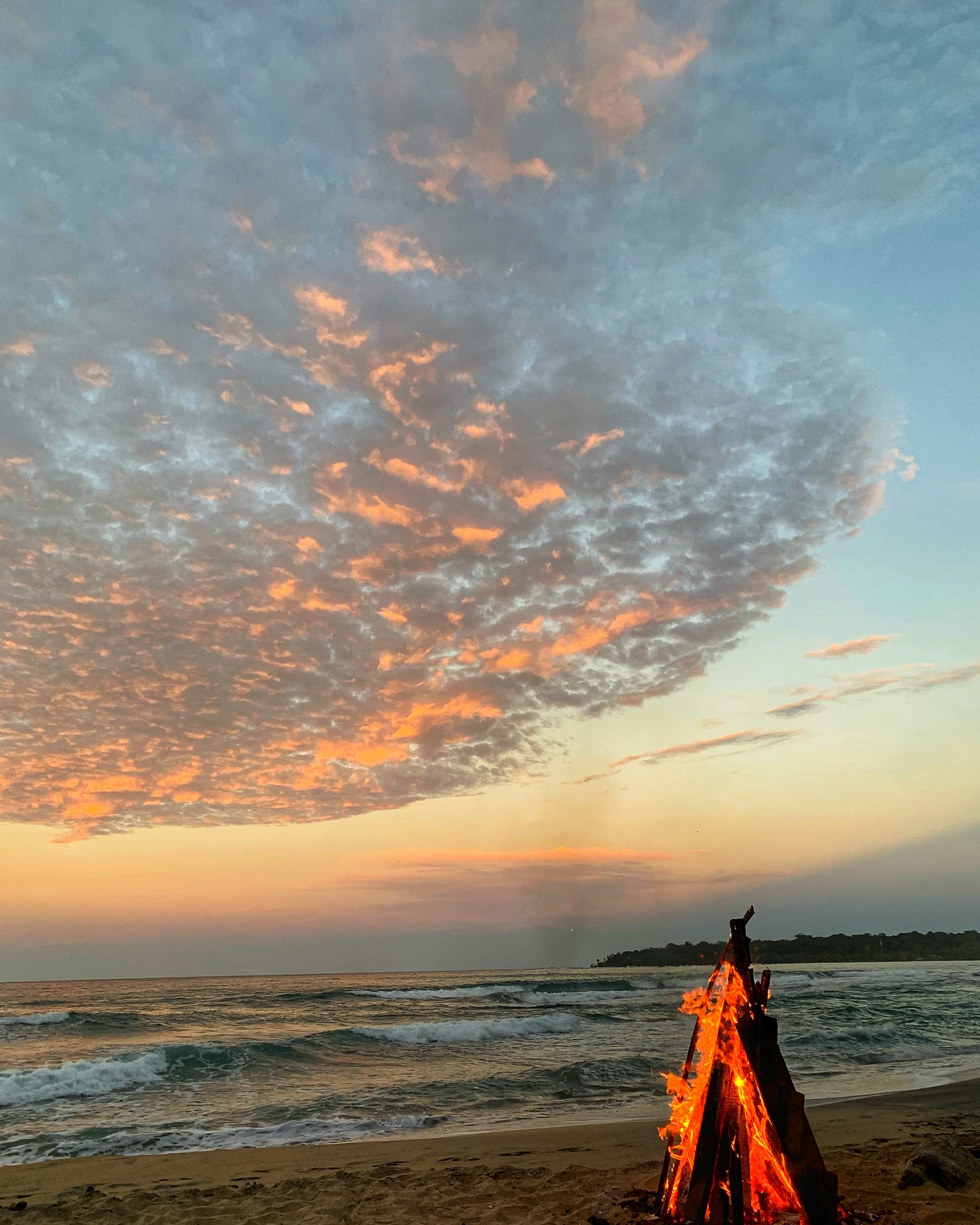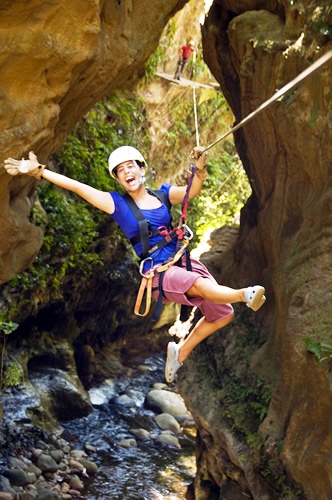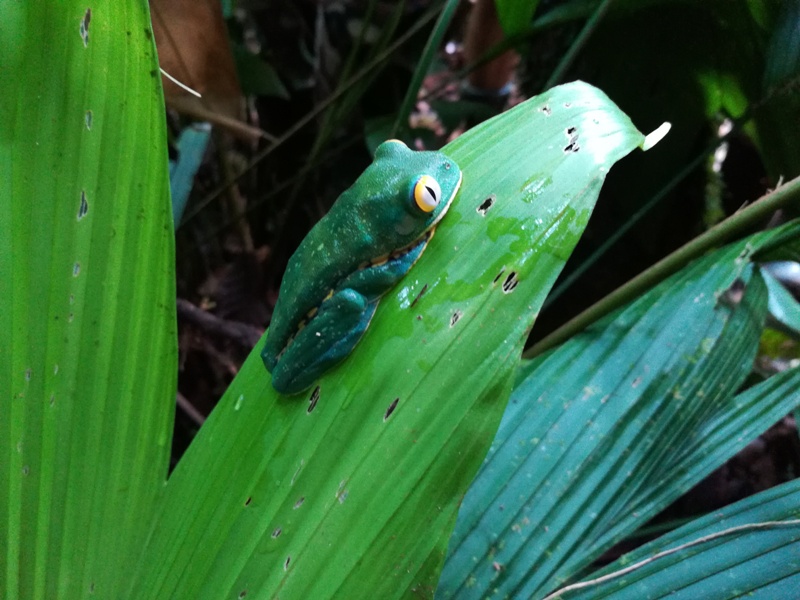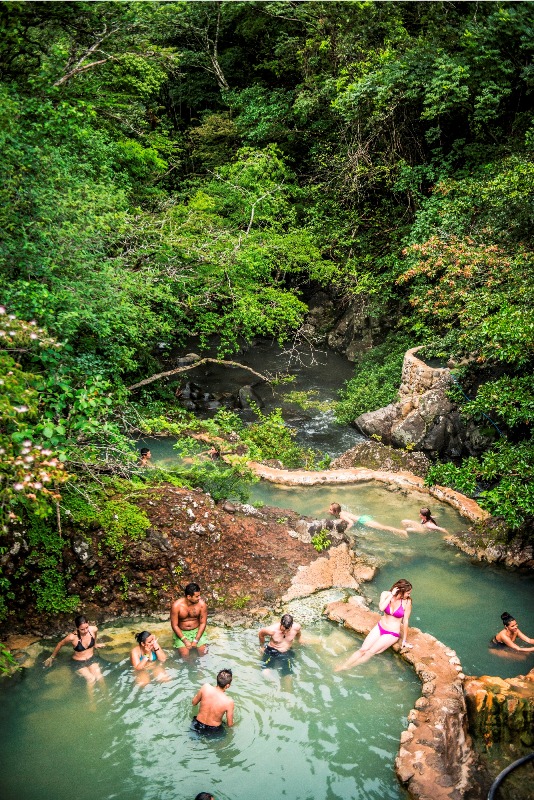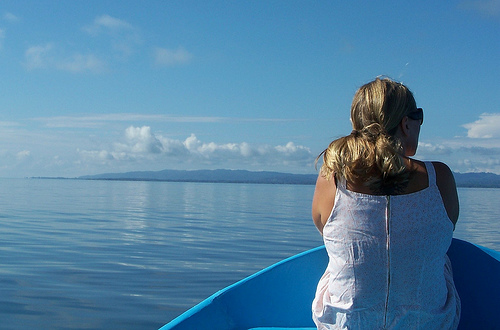Starting this weekend the port city of Limón kicks off its annual Carnival festivities, a 12-day Caribbean street party celebrating the kaleidoscope of cultures on Costa Rica’s Caribbean coast.
 The famous party commemorates Christopher Columbus’ historic arrival to Costa Rica’s coconut-fringed Caribbean coast in 1502. Visitors will come from all over for the 2012 “Carnaval del Caribe” (Caribbean Carnival) that starts off this year on Oct. 11 and lasts through Oct. 22. Colorful parades, Caribbean cuisine, open-air concerts, calypso music and dancing in the streets and parks are the main draws.
The famous party commemorates Christopher Columbus’ historic arrival to Costa Rica’s coconut-fringed Caribbean coast in 1502. Visitors will come from all over for the 2012 “Carnaval del Caribe” (Caribbean Carnival) that starts off this year on Oct. 11 and lasts through Oct. 22. Colorful parades, Caribbean cuisine, open-air concerts, calypso music and dancing in the streets and parks are the main draws.
This year’s coronation and election of the 2012 Carnival Queen in Limón will be Oct. 11 and leads off the fiesta. The children’s parade will be Oct. 12, while the event’s highlight the Grand Parade brings the celebration to a fever pitch on Oct. 20. All parades begin at 1:00 pm, traveling from Barrio Jamaica Town to Parque Vargas at the end of Avenida 2. Intense exploding fireworks, called “bombetas,” at noon every day let you know the party is starting, and fireworks at 8:00 pm nightly will signal the end of the planned activities.
 Limón and the southern Caribbean towns of Cahuita, Puerto Viejo and Manzanillo are home to a thriving Afro-Caribbean community. Costa Rica’s Caribbean culture is so unique that it’s almost like going to another country to visit the area. You can hear both Spanish and Creole English, called patois, spoken everywhere.
Limón and the southern Caribbean towns of Cahuita, Puerto Viejo and Manzanillo are home to a thriving Afro-Caribbean community. Costa Rica’s Caribbean culture is so unique that it’s almost like going to another country to visit the area. You can hear both Spanish and Creole English, called patois, spoken everywhere.
Part of the community traces its roots to former African-slave Jamaican laborers who were brought over in the late nineteenth century to build the railroad connecting San José to the Port of Limón. Workers from China and other Caribbean islands also were contracted for the railroad, which was destroyed in the 1991 Limon earthquake. Indigenous peoples of the Caribbean coast include Bri Bri and Cabecar. The colorful mix is like a spicy gumbo in Costa Rica’s otherwise more traditional Spanish heritage.
Speaking of food, when you’re in Limón and the southern Caribbean, you have to try some of the local delicacies like Rice-and-Beans with red beans and coconut rice, jerk chicken, rondon (fish and vegetables cooked in coconut and curry), coconut shrimp, pati (meat pastry), and pan bon (a local cake made with brown sugar, vanilla, cinnamon, nutmeg and candied fruit).
A big lemon tree that once grew where city h all is now located gave the city and province of Limón their name; “limón” is the Spanish word for lemon. The Port of Limón is one of the most important harbors in Costa Rica. It is the Atlantic point of exit for containers loaded with Costa Rica’s main exports of coffee, pineapples and bananas, and the point of entry for imported goods from all over the world. Limón is also a principle cruise ship port.
all is now located gave the city and province of Limón their name; “limón” is the Spanish word for lemon. The Port of Limón is one of the most important harbors in Costa Rica. It is the Atlantic point of exit for containers loaded with Costa Rica’s main exports of coffee, pineapples and bananas, and the point of entry for imported goods from all over the world. Limón is also a principle cruise ship port.
When visiting Limón, be sure to take time to visit Veragua Rainforest Park. The one-stop total rainforest adventure is not-to- be-missed on Costa Rica’s Caribbean coast. Only an hour inland from Limón, you’ll be in an astonishing other-world of tropical rainforest. The adventure park and biology research center give you a great taste of this magnificent ecosystem with walking trails through the rainforest, a river and waterfall, an aerial tram, a canopy zip line tour, a research station and many wildlife exhibits, including the world’s largest nocturnal frog habitat. They take care of you well at their restaurant, café and souvenir shop.
be-missed on Costa Rica’s Caribbean coast. Only an hour inland from Limón, you’ll be in an astonishing other-world of tropical rainforest. The adventure park and biology research center give you a great taste of this magnificent ecosystem with walking trails through the rainforest, a river and waterfall, an aerial tram, a canopy zip line tour, a research station and many wildlife exhibits, including the world’s largest nocturnal frog habitat. They take care of you well at their restaurant, café and souvenir shop.
Veragua Rainforest Park is open  Tuesday to Saturday, from 8:00 am to 3:00 pm. Admission is $55 for adults and $45 for children/students; children under age 4 get in free. The admission price includes all park activities and attractions, with the exception of the canopy tour – which is an additional $34 for adults and $20 for students/children. Lunch in their restaurant is $10 per person. The Park is located in Brisas de Veragua, 12 km south from the Liverpool entrance on the highway to Limón.
Tuesday to Saturday, from 8:00 am to 3:00 pm. Admission is $55 for adults and $45 for children/students; children under age 4 get in free. The admission price includes all park activities and attractions, with the exception of the canopy tour – which is an additional $34 for adults and $20 for students/children. Lunch in their restaurant is $10 per person. The Park is located in Brisas de Veragua, 12 km south from the Liverpool entrance on the highway to Limón.
By Shannon Farley








